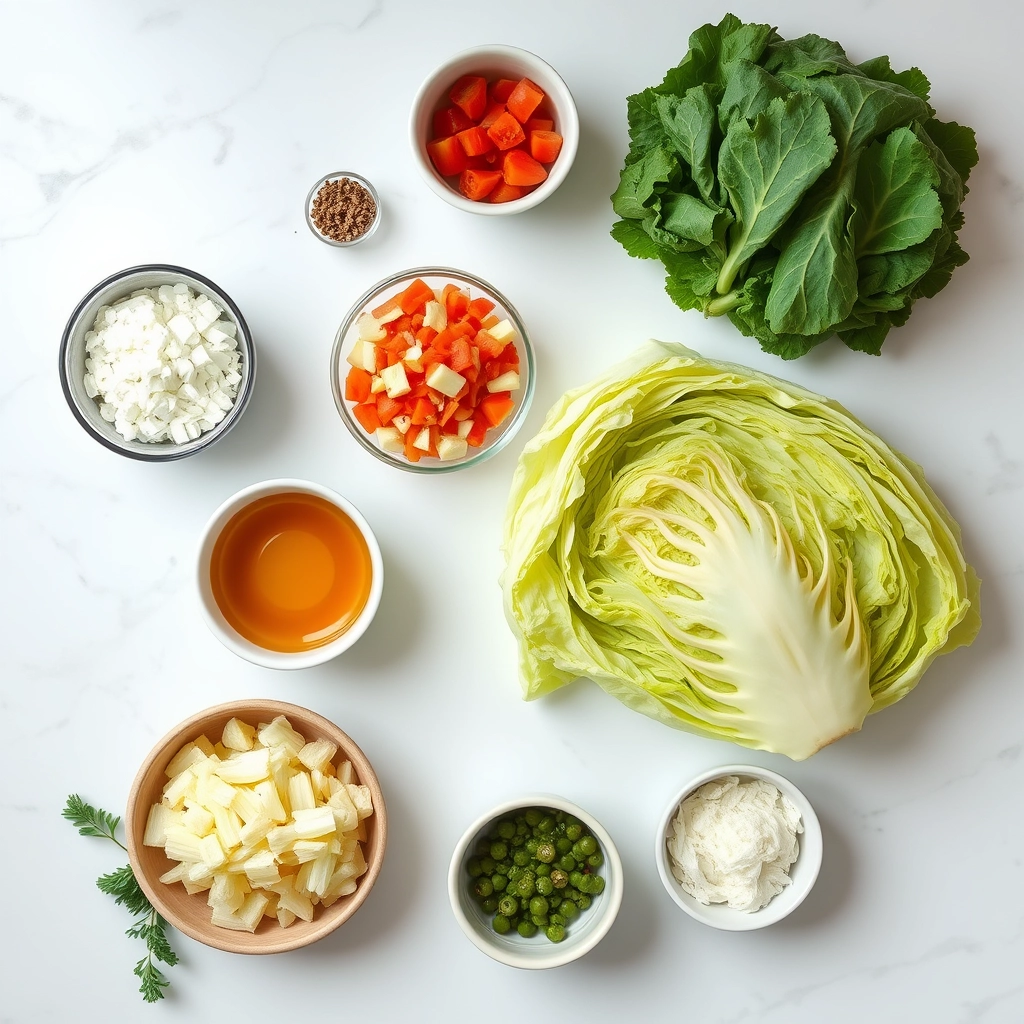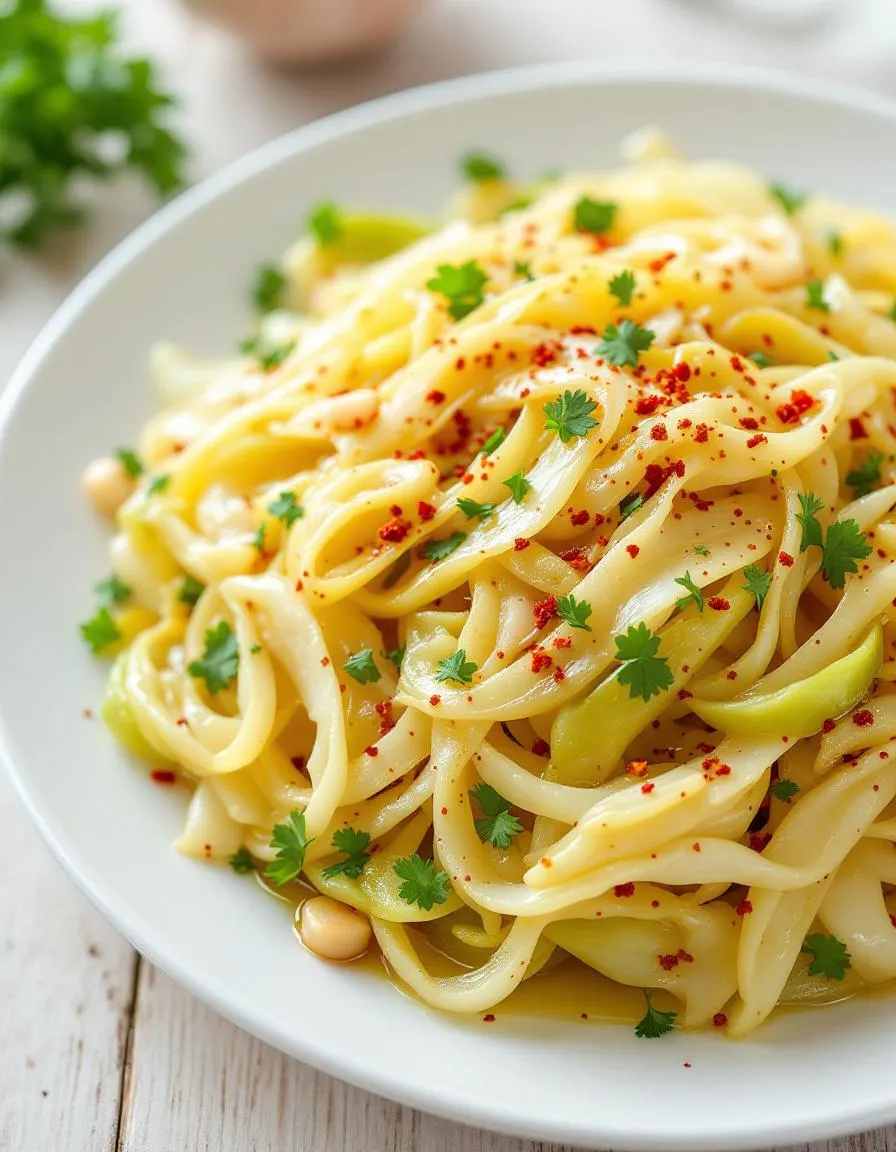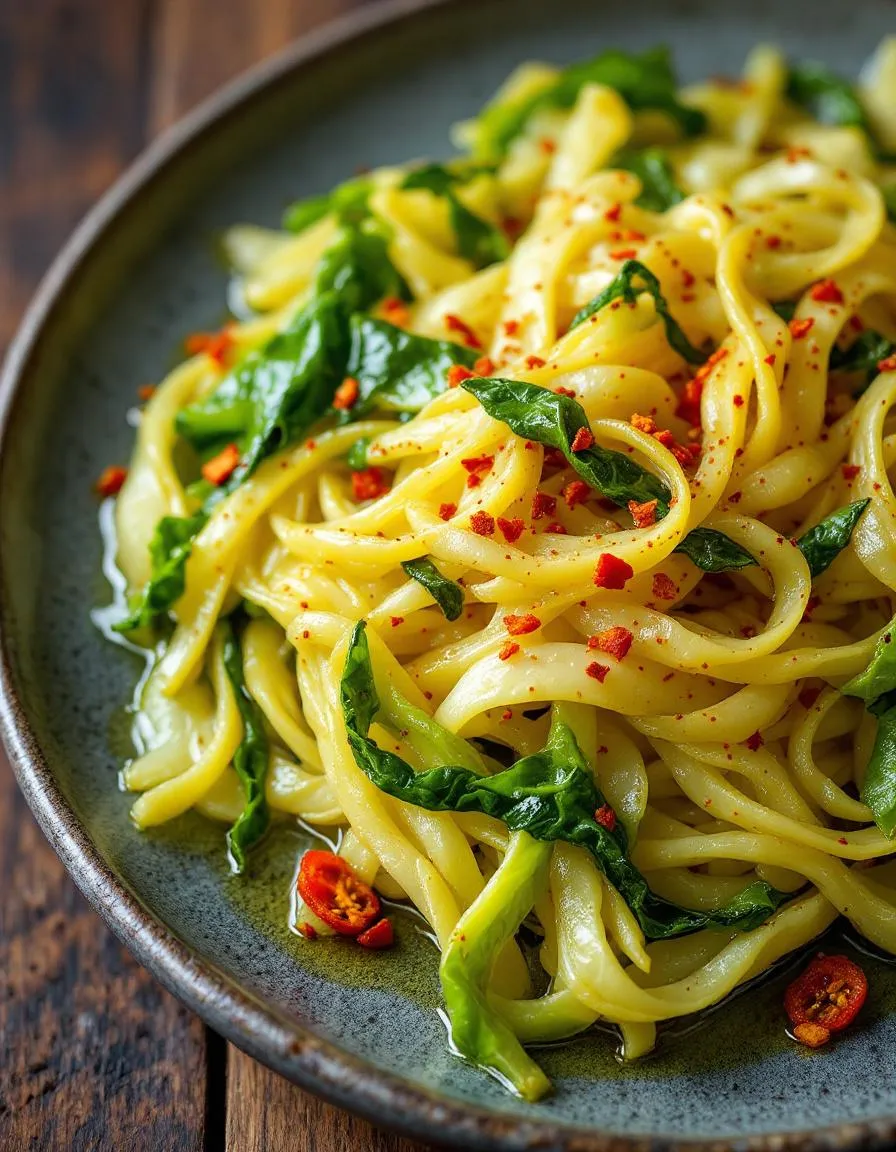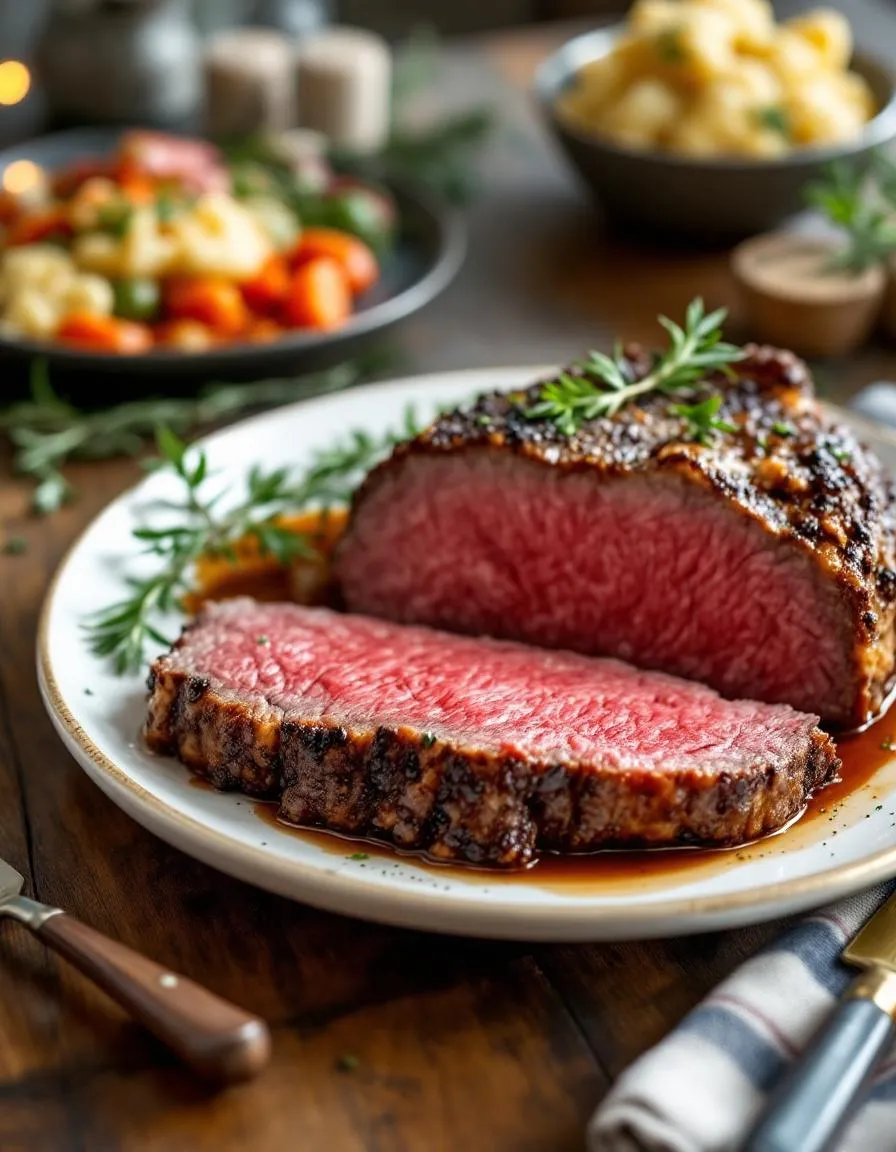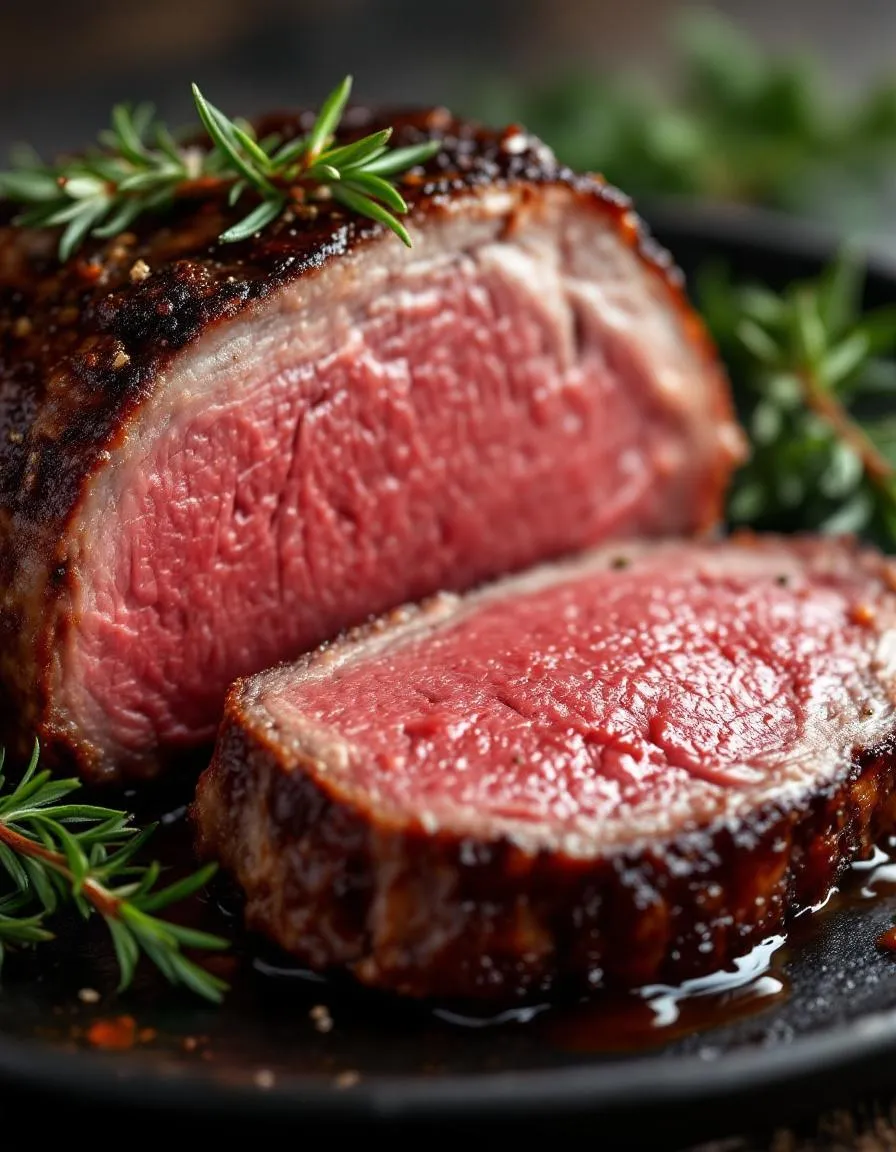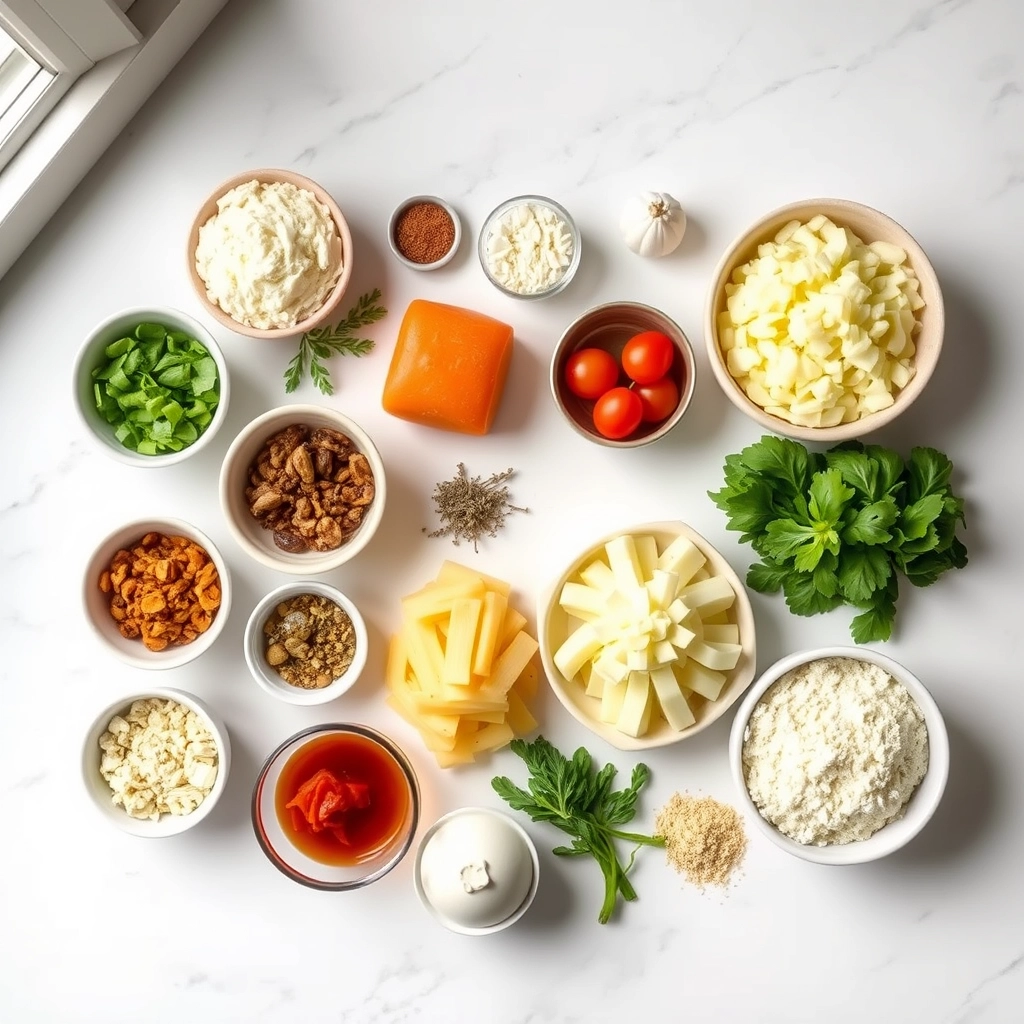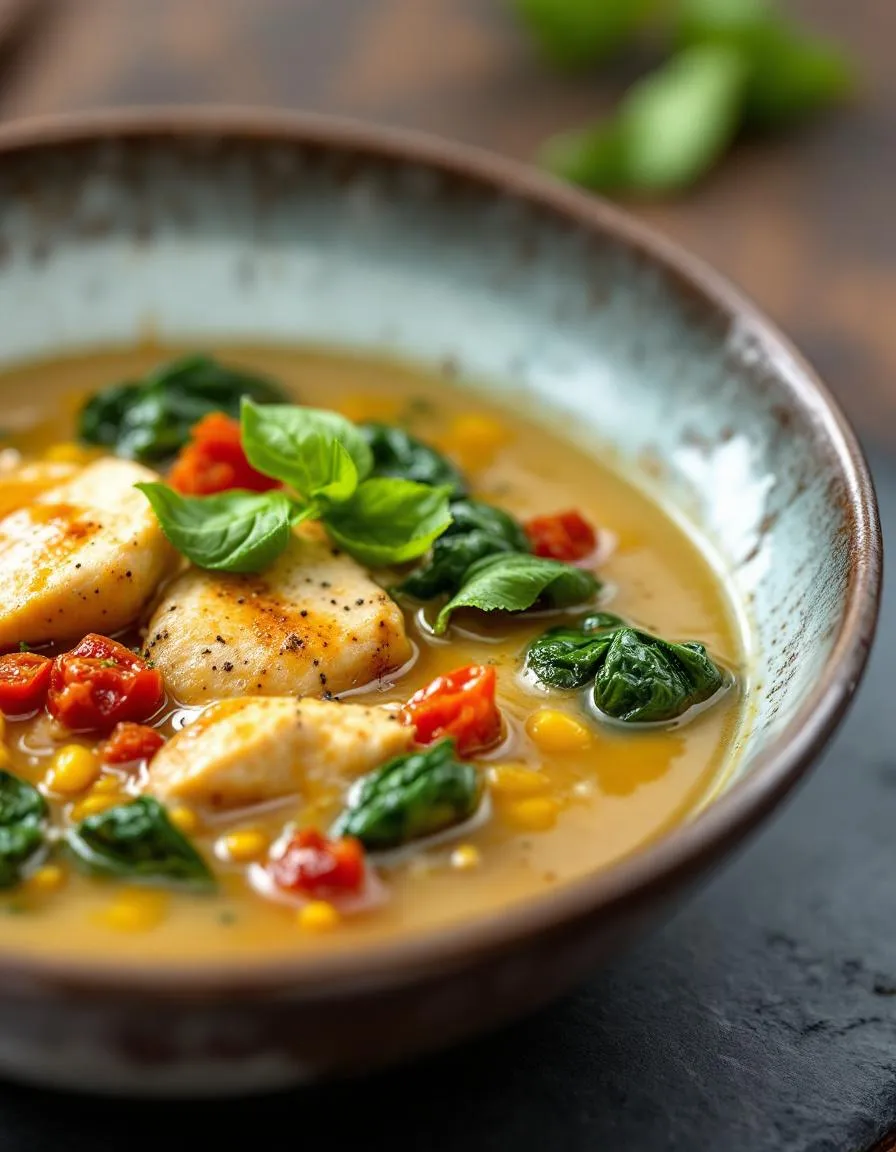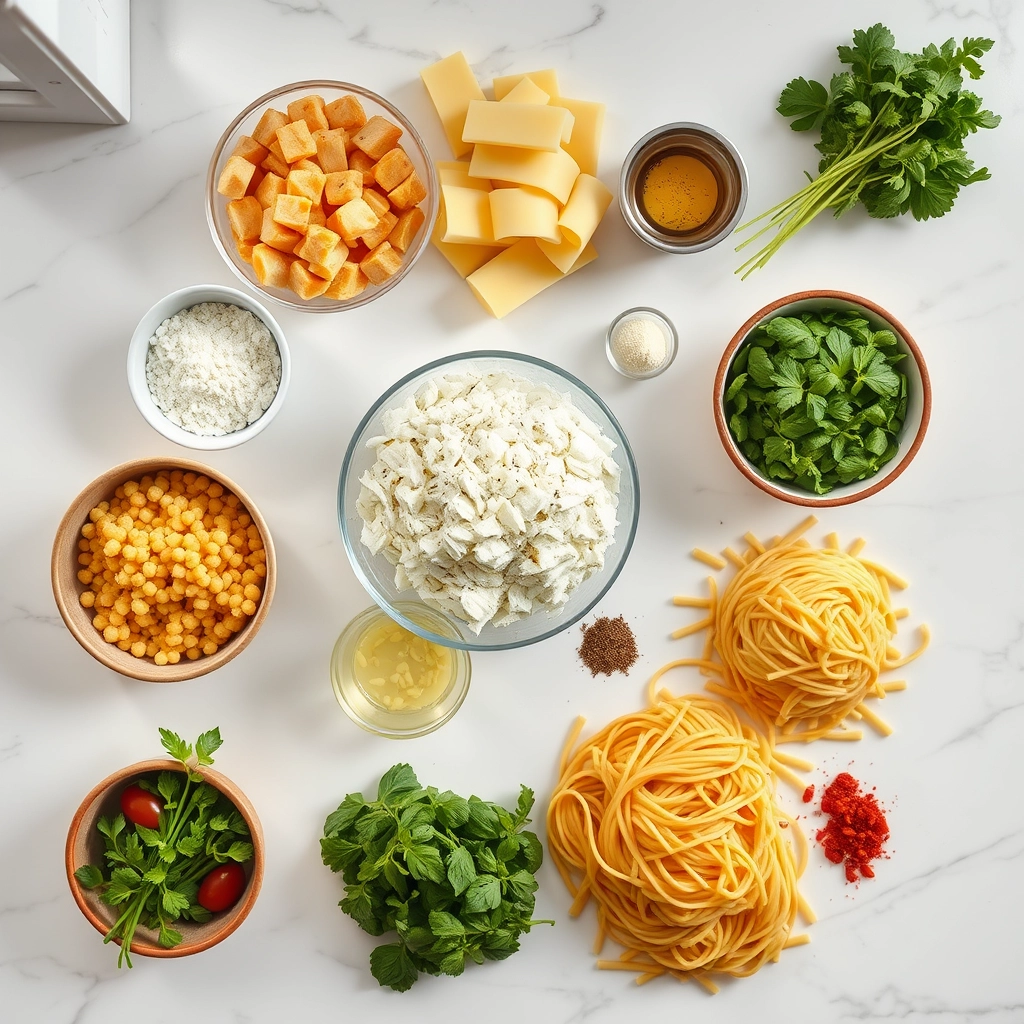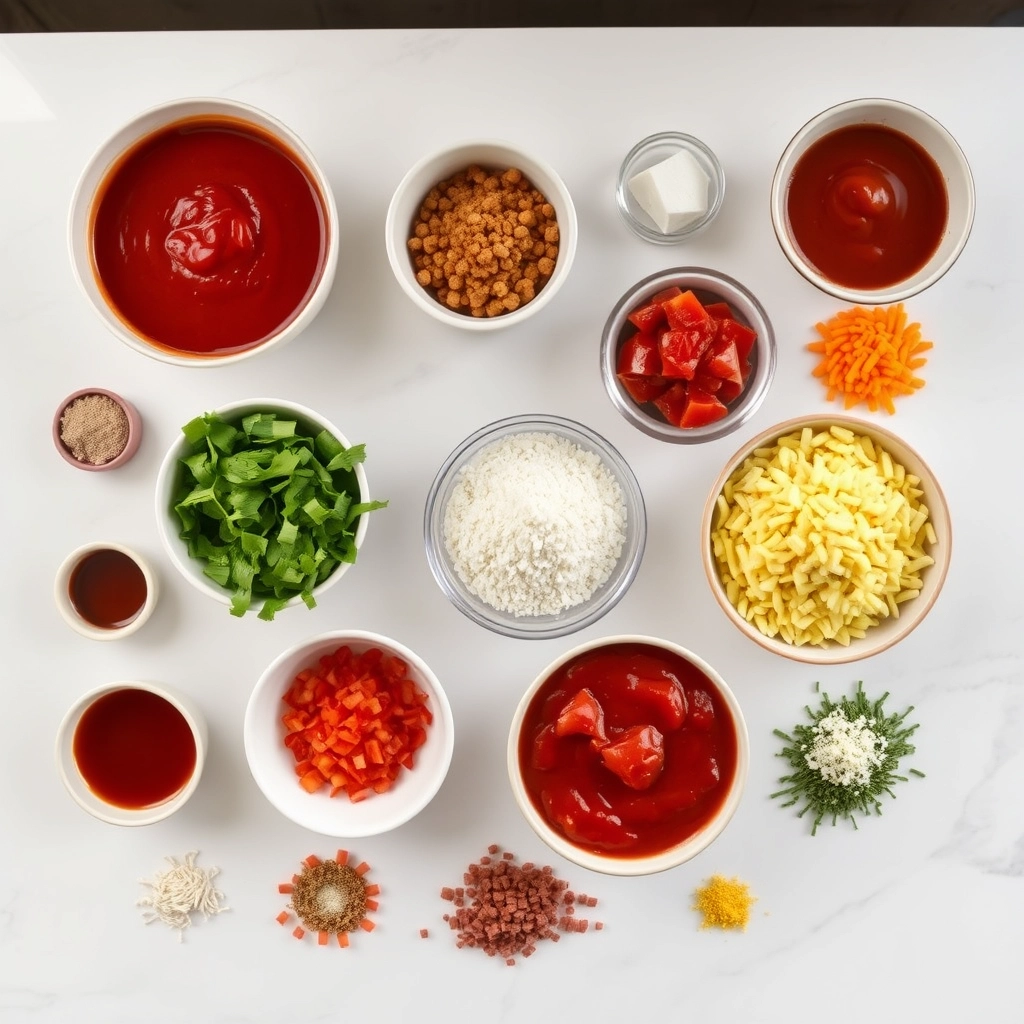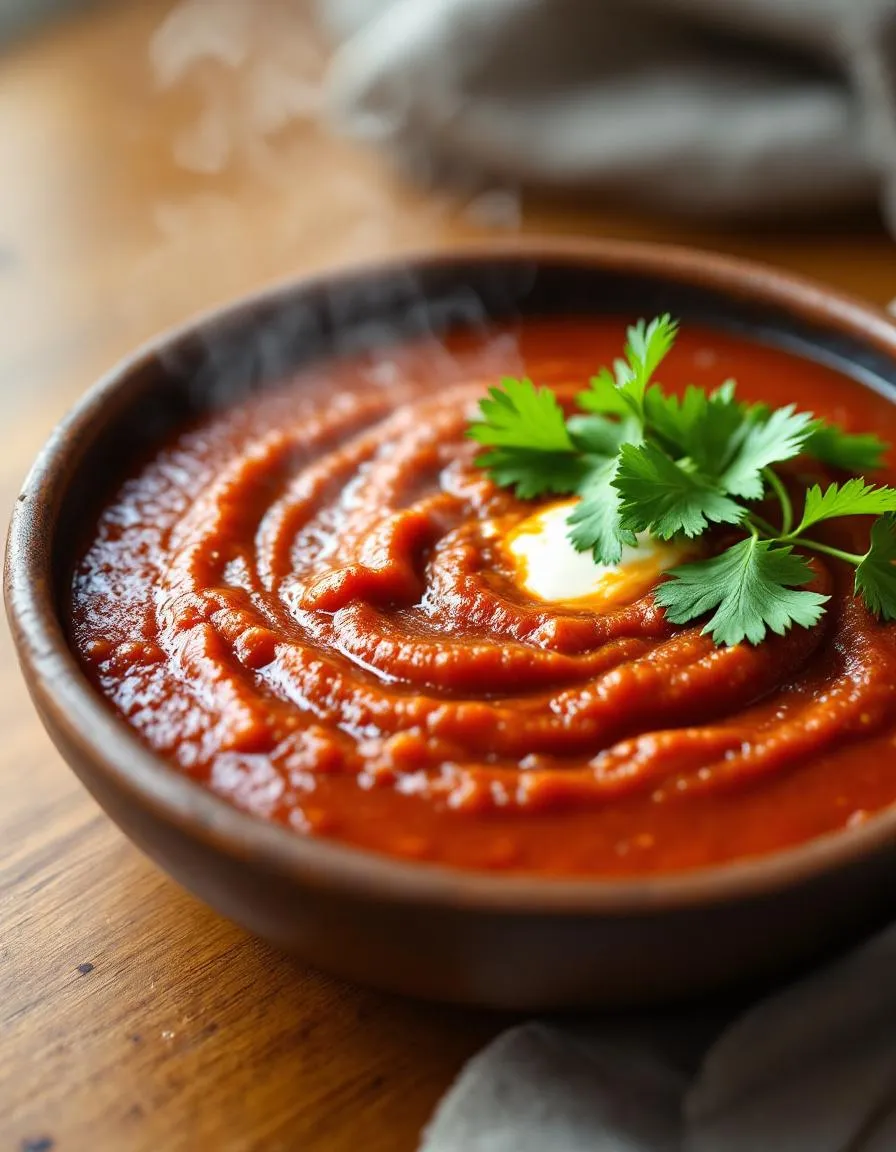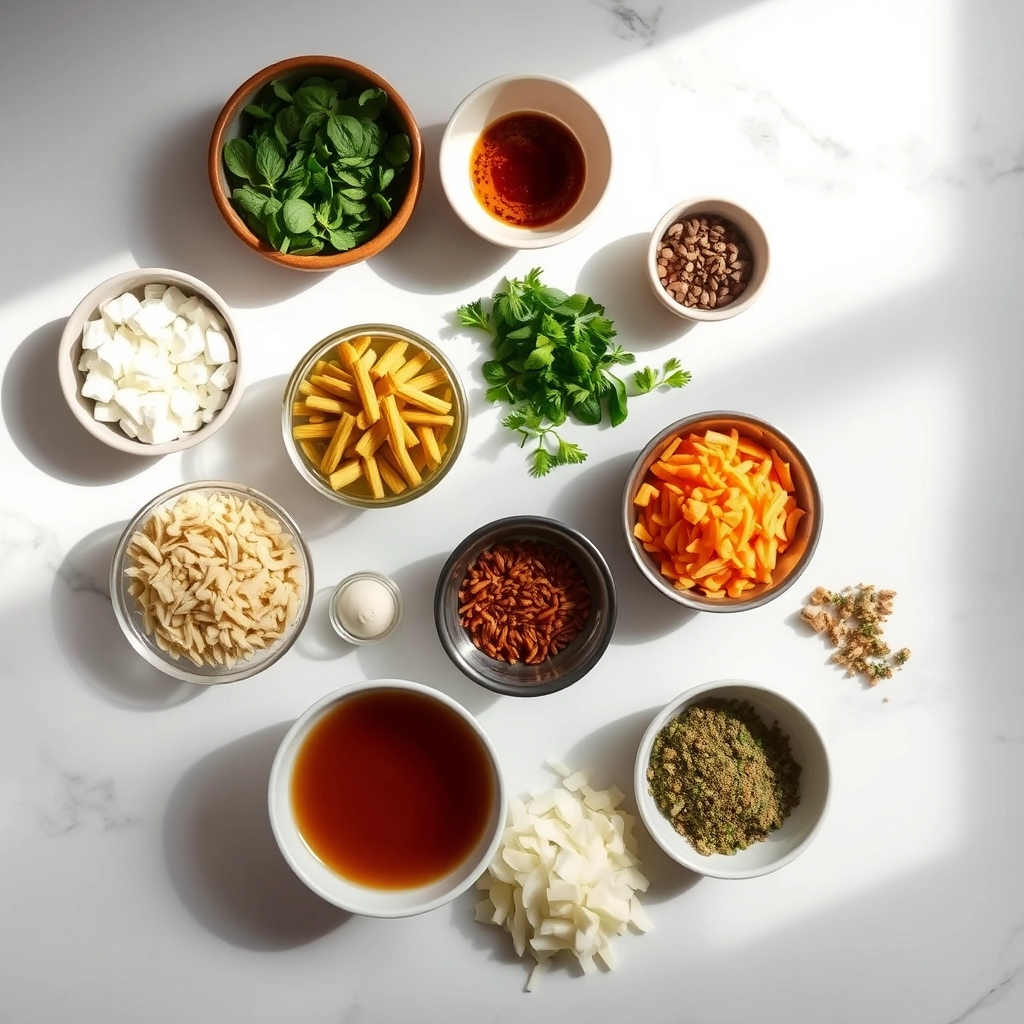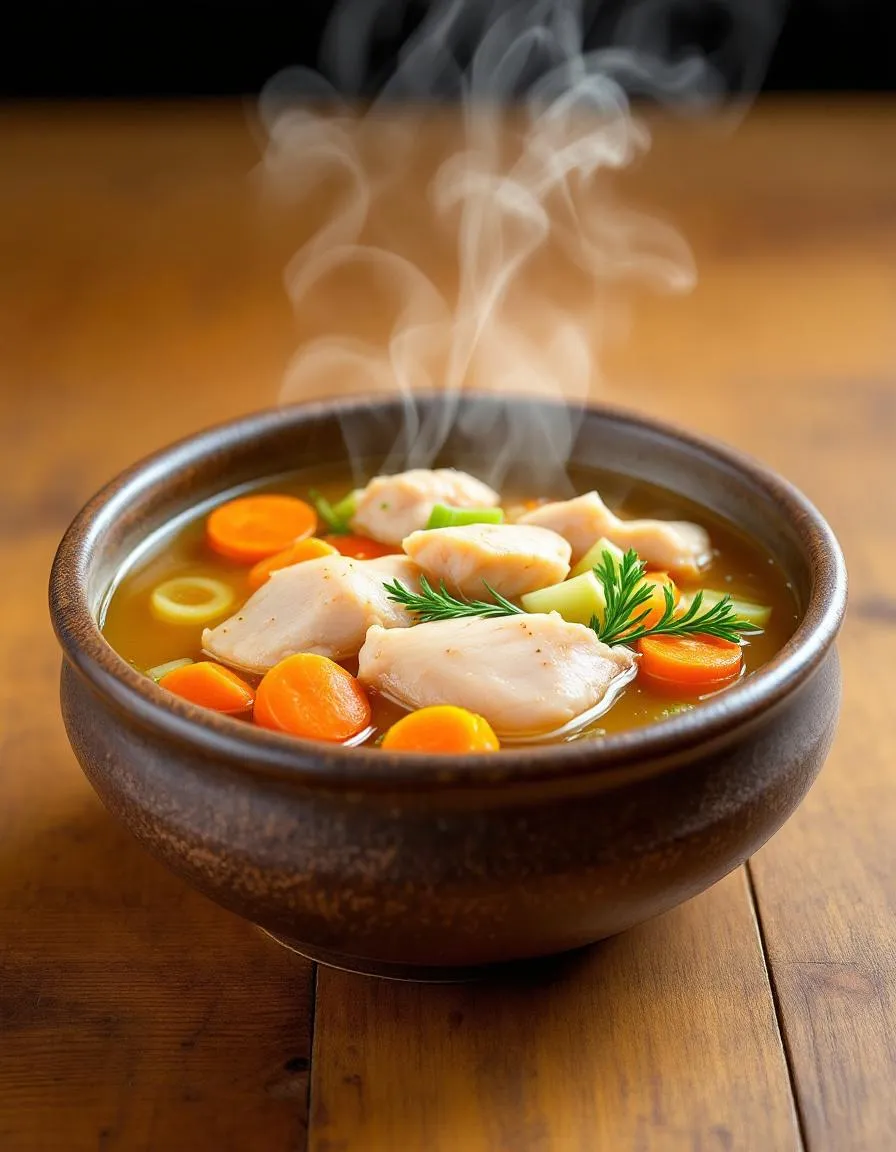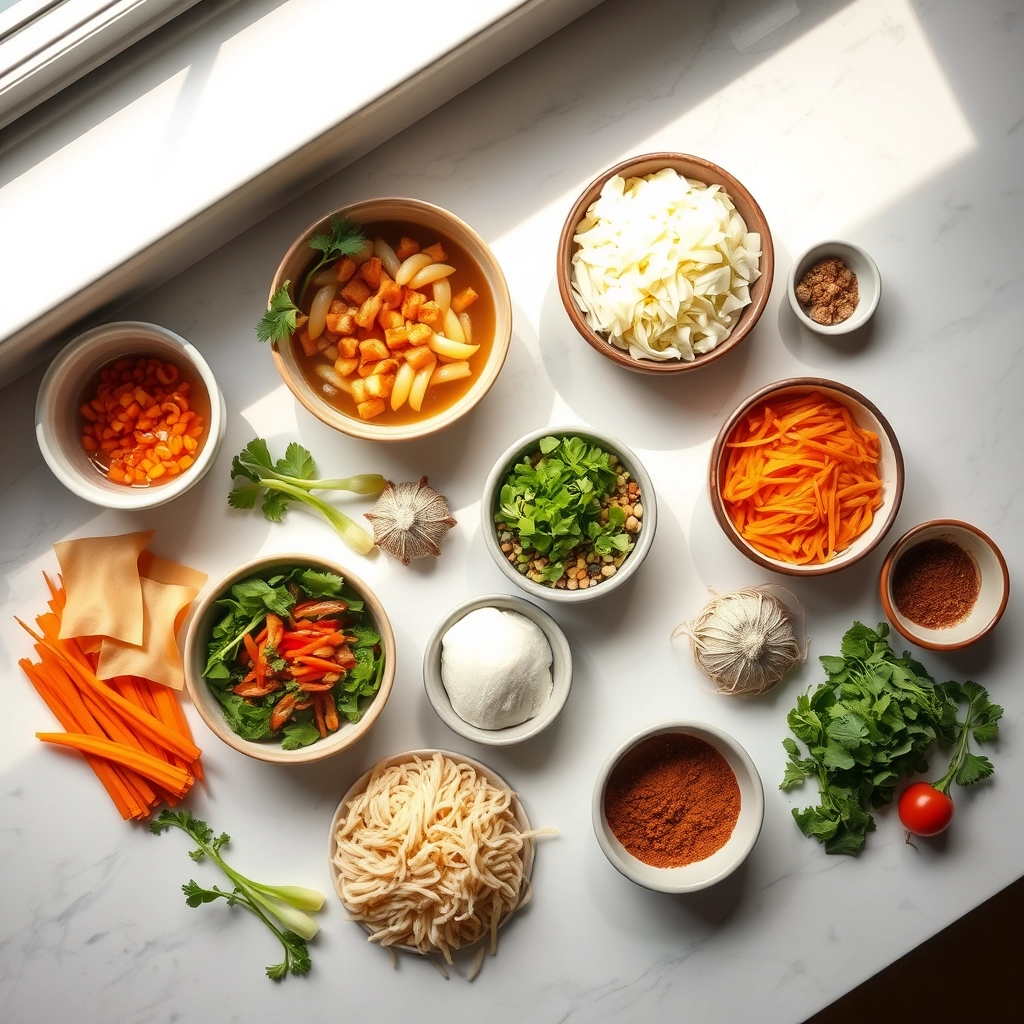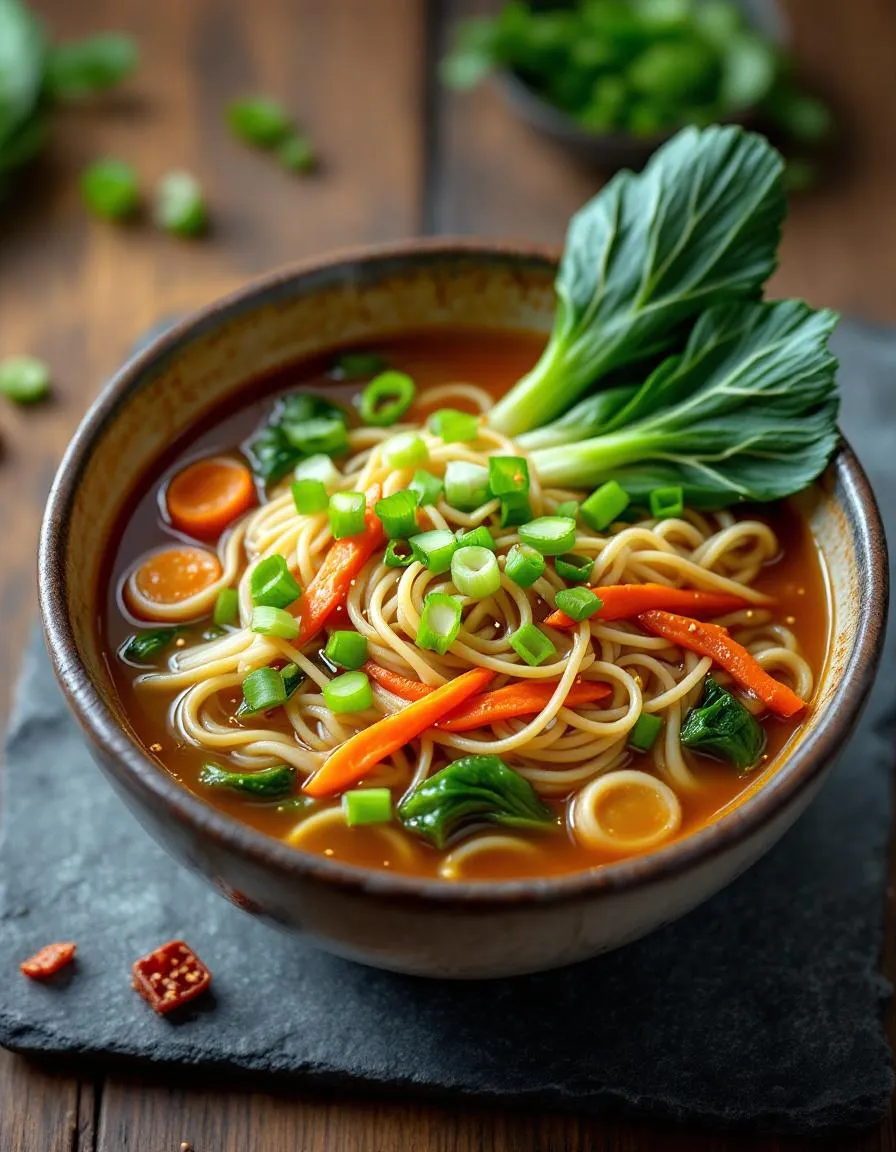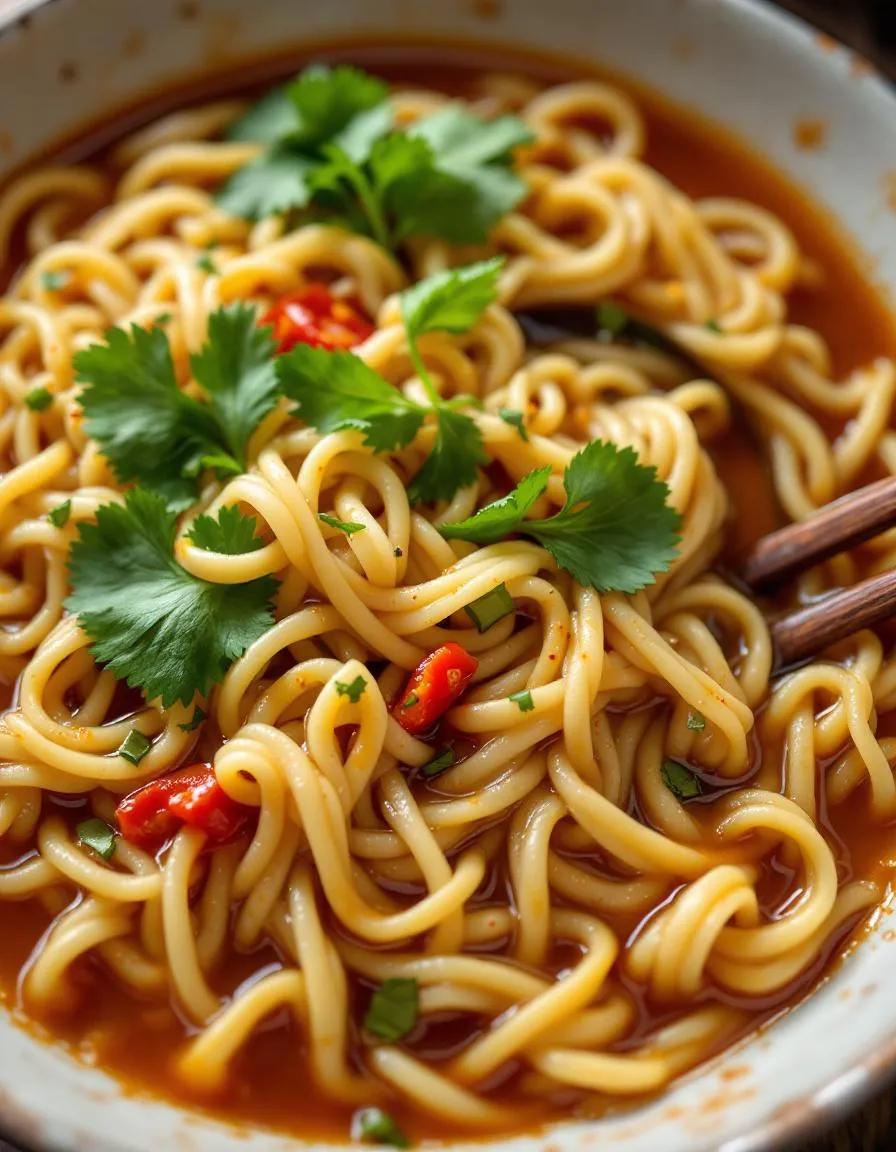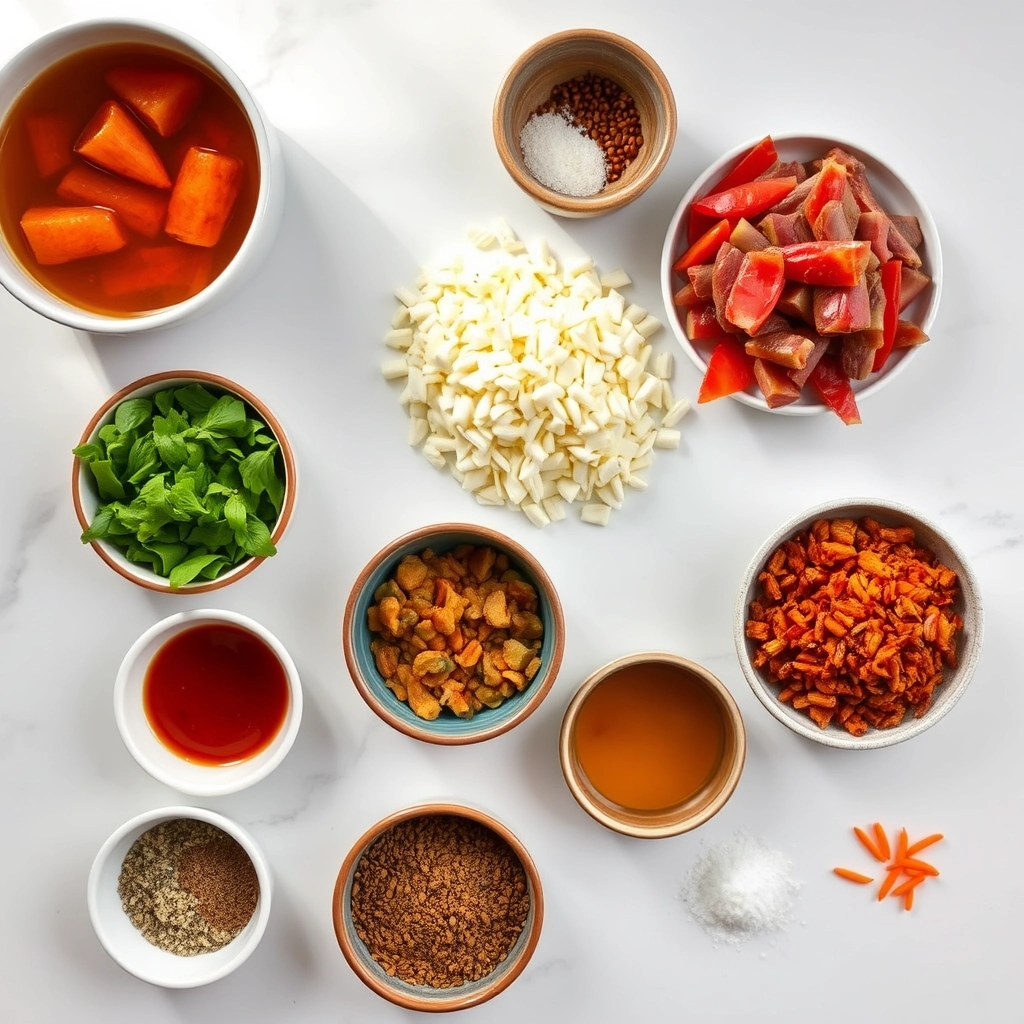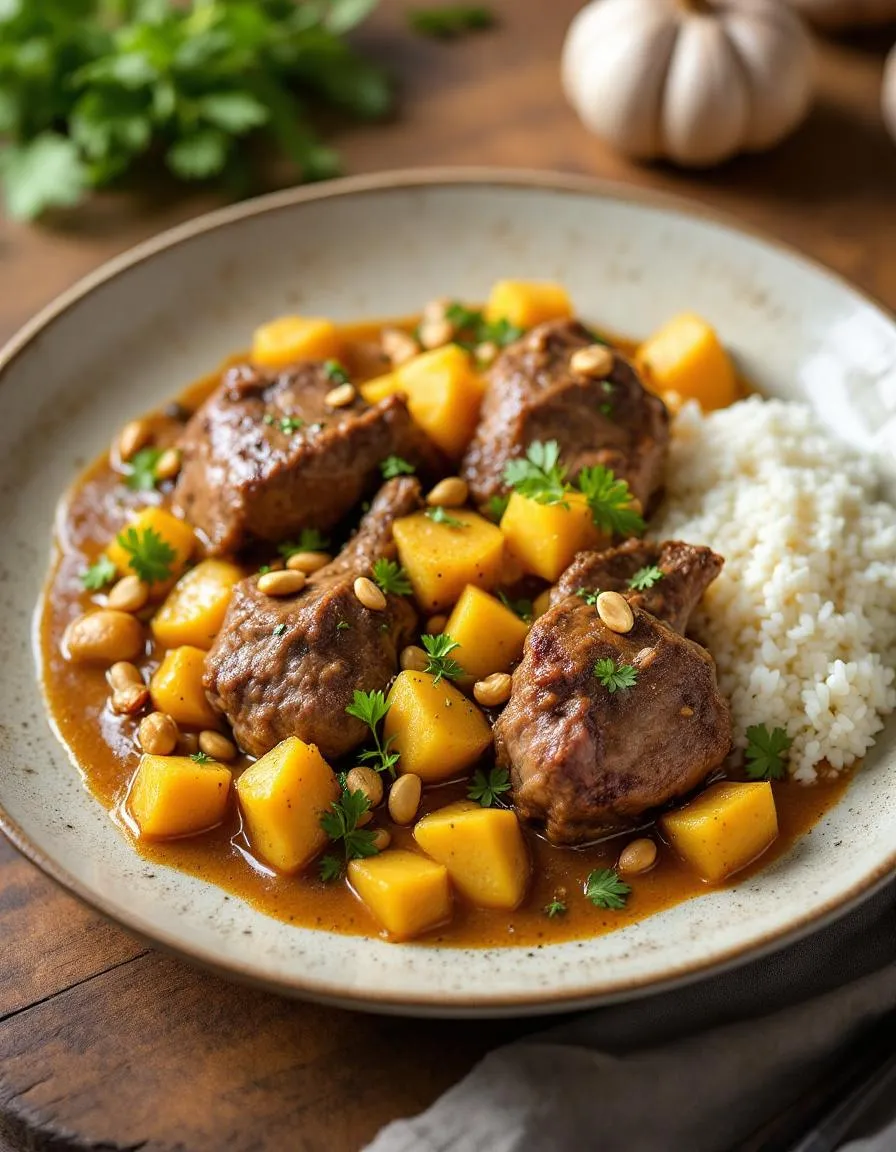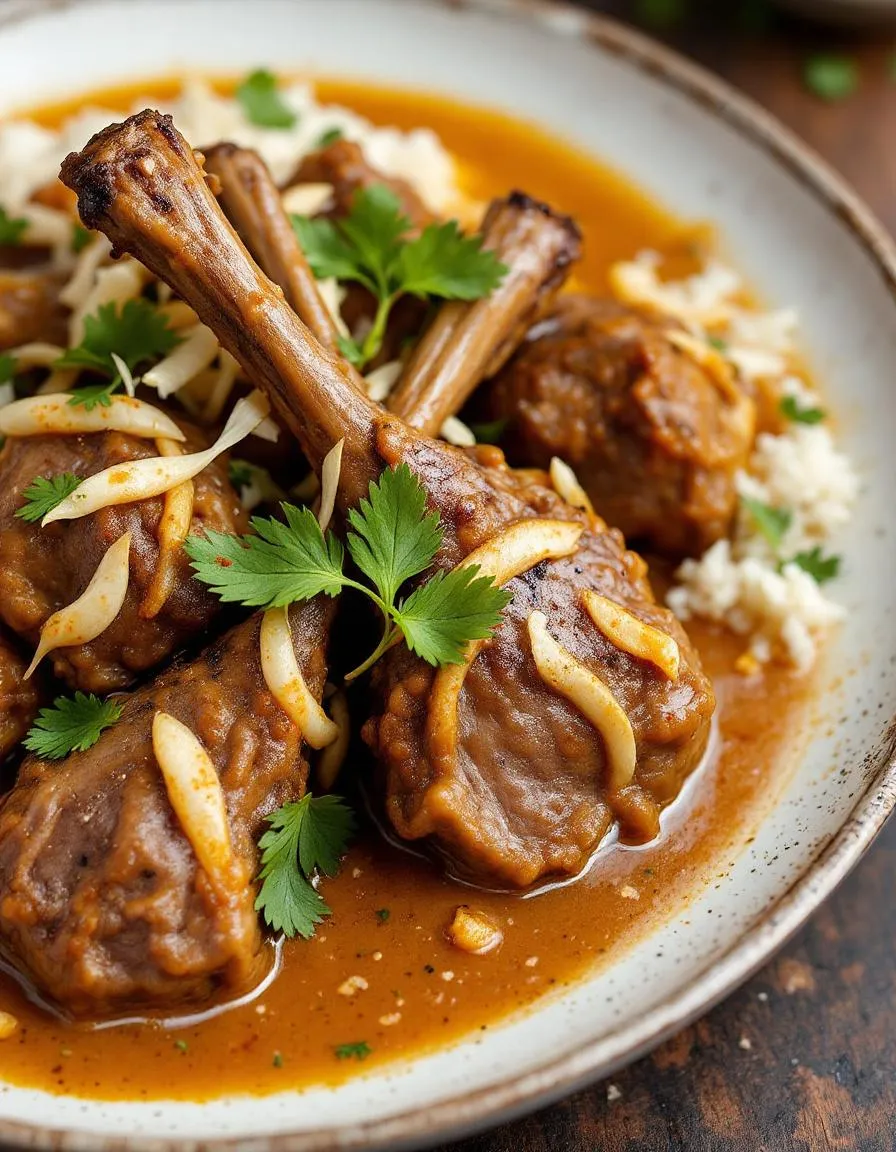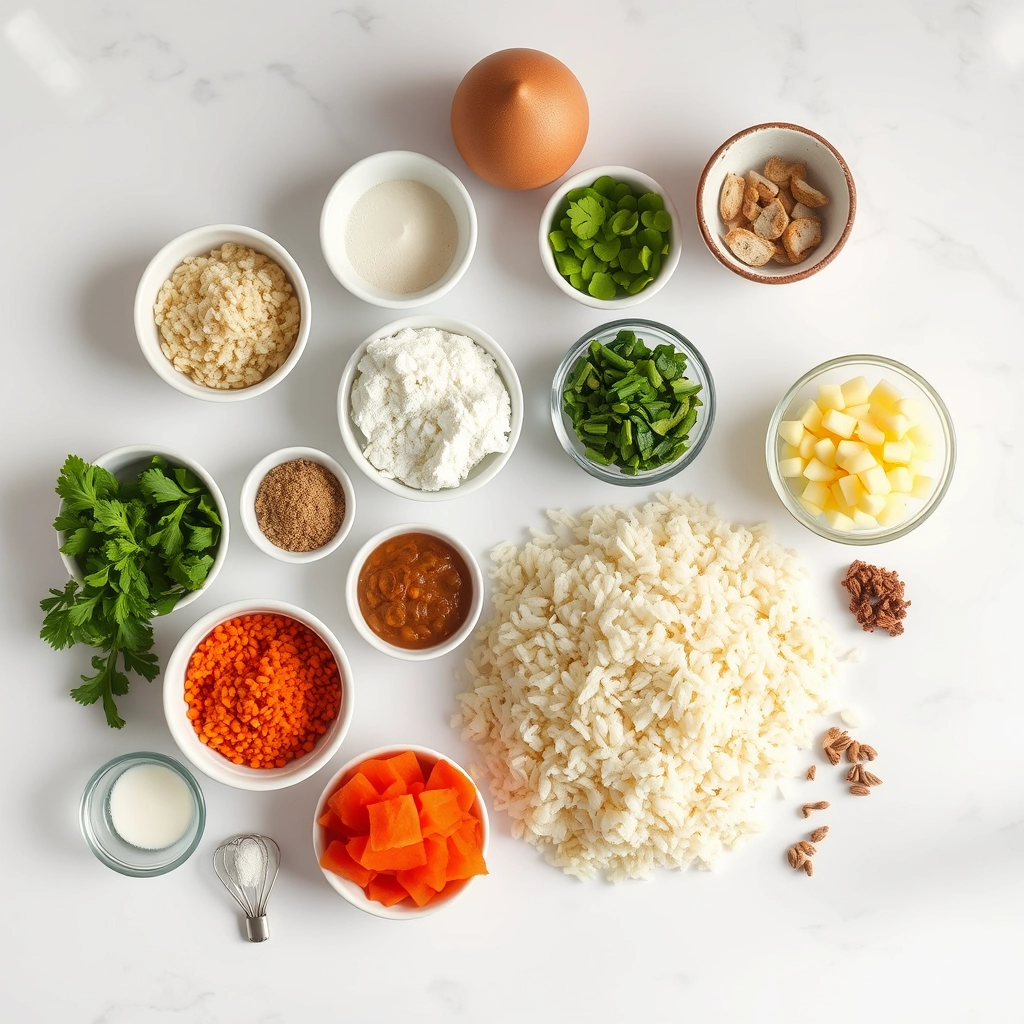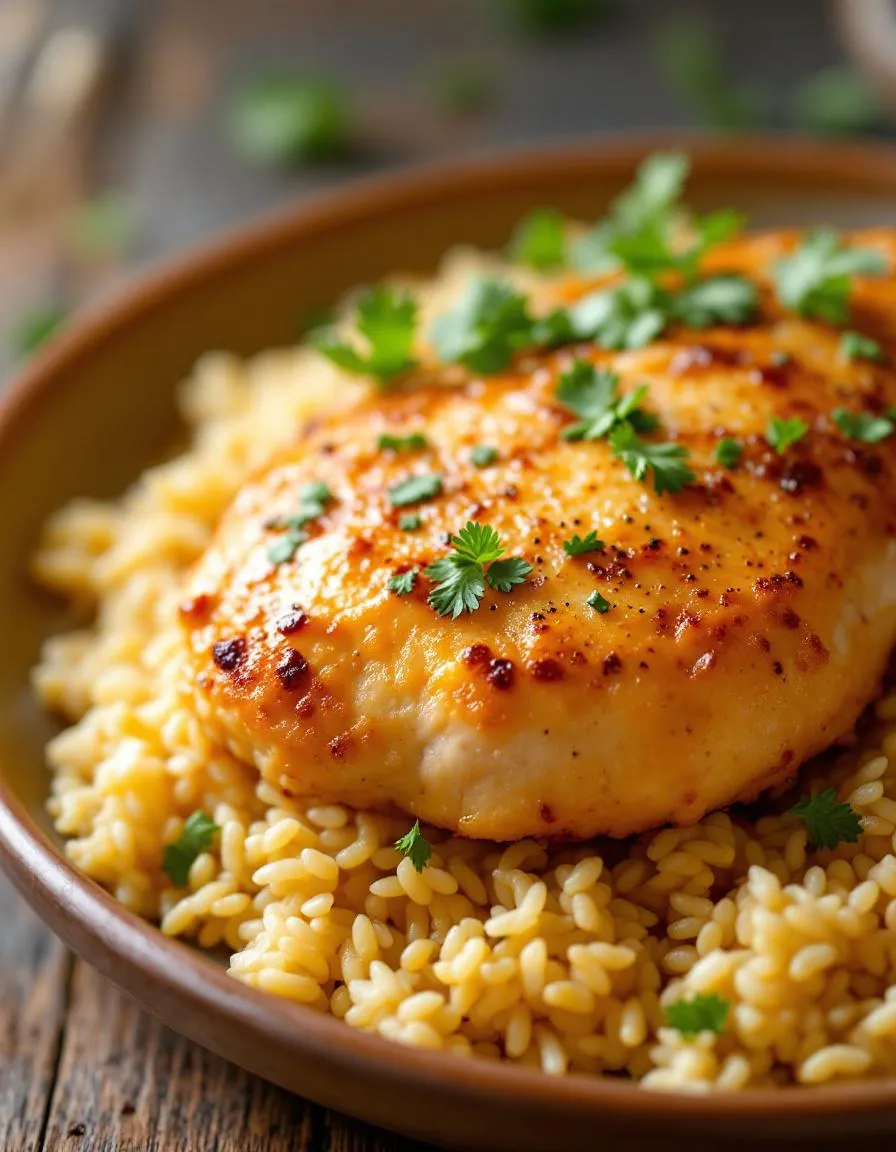Introduction
Hi there! I’m Emily, the heart and soul behind brekcakes.com. From my earliest memories, the kitchen has always been a place of warmth and creativity. It’s where I discovered the magic of turning simple ingredients into extraordinary meals and learned that the best dishes are often made with love as the main ingredient.
There’s something undeniably comforting about a bowl of pillowy gnocchi, especially when it’s draped in a rich, velvety truffle Parmesan sauce. Whether you’re craving a cozy night in or planning a special dinner, this Gnocchi with Truffle Parmesan Sauce delivers elegance without the fuss. Moreover, it’s the kind of dish that feels like a warm hug—simple yet luxurious, familiar yet exciting. Trust me, once you try it, you’ll understand why it’s become a staple in my kitchen.
Gnocchi with Truffle Parmesan Sauce is a celebration of textures and flavors. The tender potato dumplings melt in your mouth, while the sauce—infused with earthy truffle and sharp Parmesan—creates a symphony of umami. What makes this dish stand out is its versatility. You can serve it as a weeknight treat or elevate it for date night with a sprinkle of fresh herbs. Additionally, it pairs beautifully with a crisp salad or crusty bread, making it a crowd-pleaser every time. If you’re new to gnocchi, don’t worry—this recipe breaks it down into easy steps, just like my homemade pasta guide. And if you love truffle flavors, you’ll adore how this dish balances richness without overwhelming the palate, much like my truffle mushroom risotto.
Why I Love This Recipe
Gnocchi with Truffle Parmesan Sauce holds a special place in my heart because it reminds me of my first trip to Italy. I stumbled upon a tiny trattoria in Rome where the chef served homemade gnocchi with a sauce so divine, I begged for the recipe. While I never got the exact measurements, I spent years perfecting my own version. Now, every time I make it, I’m transported back to that cobblestone street, surrounded by laughter and the aroma of fresh herbs. It’s more than a dish—it’s a memory on a plate.
Health and Nutrition
Why it’s good for your body
Gnocchi with Truffle Parmesan Sauce offers a delicious way to enjoy a nutrient-rich meal. First, the gnocchi provides a satisfying source of carbohydrates, which fuel your energy levels throughout the day. Additionally, the potatoes in gnocchi deliver essential vitamins like vitamin C and potassium, supporting immune function and heart health.
Meanwhile, the truffle parmesan sauce adds a boost of umami flavor while contributing valuable nutrients. Parmesan cheese packs calcium and protein, which strengthen bones and muscles. Furthermore, truffle oil contains antioxidants that may help reduce inflammation. Together, these ingredients make Gnocchi with Truffle Parmesan Sauce a flavorful yet balanced dish.
For those watching their portions, this recipe can easily fit into a mindful eating plan. Since gnocchi tends to be lighter than traditional pasta, it keeps the meal satisfying without feeling overly heavy. Plus, the rich truffle flavor means you can enjoy bold taste without excessive calories. Whether you’re cooking for a special occasion or a weeknight dinner, Gnocchi with Truffle Parmesan Sauce brings both indulgence and nourishment to the table.
How it fits in a healthy lifestyle
Gnocchi with Truffle Parmesan Sauce works well in a balanced diet when paired with the right sides. For a heart-healthy twist, serve it with a leafy green salad or roasted vegetables to add fiber and vitamins. If you’re focusing on protein, consider topping it with grilled chicken or shrimp for an extra boost.
This dish also adapts easily to dietary preferences. For a gluten-free version, swap traditional gnocchi for sweet potato or cauliflower-based alternatives. Looking for more ways to balance rich flavors with nutrition? Explore our guide to healthy comfort food swaps for creative ideas. And if you’re planning meals ahead, check out our tips for efficient meal prep strategies to keep your eating habits on track. With a little creativity, Gnocchi with Truffle Parmesan Sauce can be a tasty part of your wellness routine.
PrintGnocchi with Truffle Parmesan Sauce
Description
Fluffy homemade gnocchi served with a rich truffle-infused parmesan cream sauce.
Ingredients
For the Crust:
- 2 lbs russet potatoes
- 1 1/2 cups all-purpose flour
- 1 egg
- 1 tsp salt
- 1/2 tsp black pepper
- 1 cup heavy cream
- 1/2 cup grated parmesan cheese
- 1 tbsp truffle oil
- 1 tsp garlic powder
- 2 tbsp butter
Instructions
1. Prepare the Crust:
- Boil potatoes until tender, peel and mash them while still warm.
- Mix mashed potatoes with flour, egg, salt, and pepper to form a dough.
- Roll dough into ropes and cut into 1-inch pieces to form gnocchi.
- Boil gnocchi in salted water until they float to the surface (about 2-3 minutes).
- In a separate pan, melt butter, add heavy cream, parmesan, truffle oil, and garlic powder. Simmer until thickened.
- Toss cooked gnocchi in the sauce and serve immediately.
Notes
You can customize the seasonings to taste.
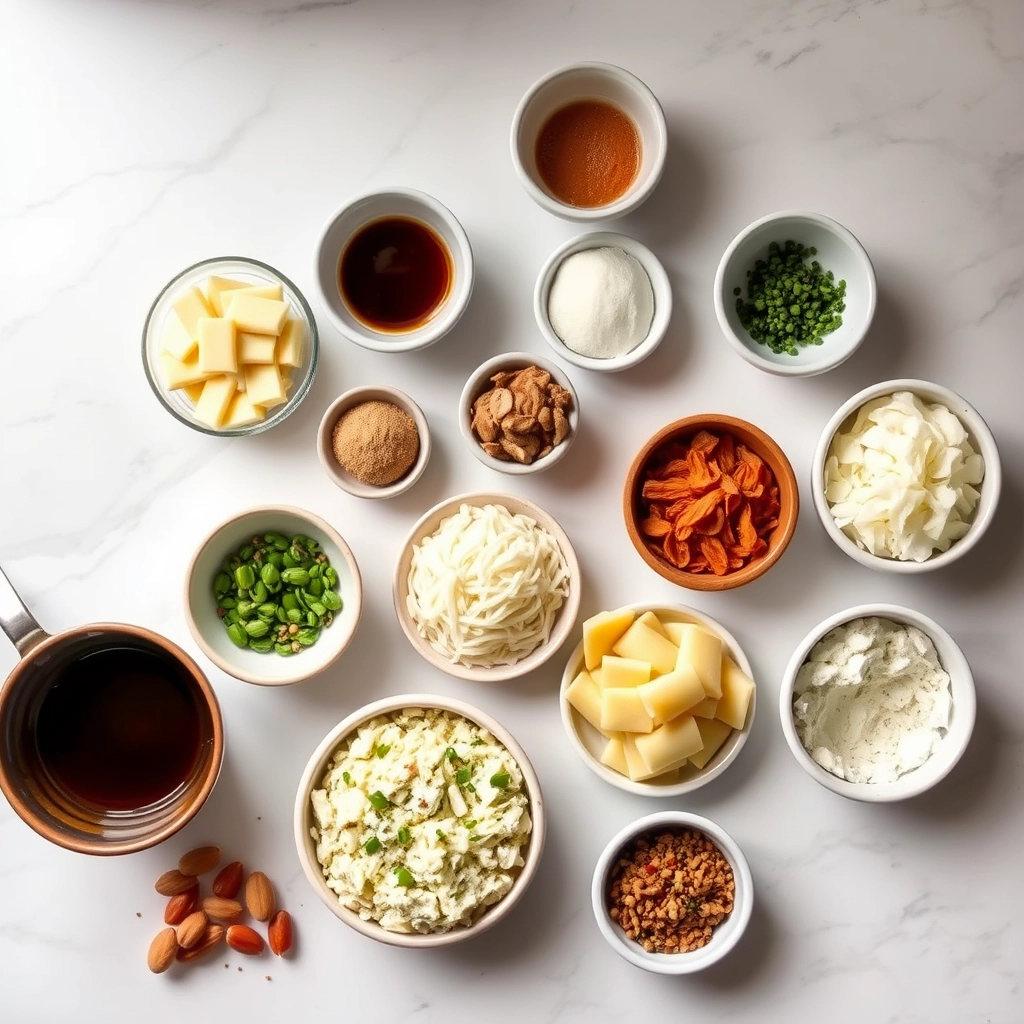
How to Prepare This Dish
Steps and time-saving tips
Start by boiling the gnocchi in salted water until they float to the top, which takes about 2-3 minutes. Meanwhile, heat a large skillet over medium heat and melt butter with a drizzle of olive oil to prevent burning. Whisk in minced garlic and let it sizzle for 30 seconds until fragrant, then stir in heavy cream and grated Parmesan until the sauce thickens slightly. Gently fold in the cooked gnocchi, coating each piece evenly with the creamy truffle Parmesan sauce. For extra flavor, finish with a sprinkle of black truffle oil or shavings and fresh parsley. To save time, prep your ingredients beforehand—measure the cream, grate the cheese, and mince the garlic while the water boils. If the sauce feels too thick, thin it with a splash of pasta water. Serve immediately while hot for the best texture.
Mistakes I’ve made and learned from
I once overcooked the gnocchi, turning them mushy before they even hit the sauce. Now I set a timer and scoop them out the second they float. Another blunder? Using pre-grated Parmesan that clumped instead of melting smoothly—freshly grated makes all the difference, as I learned from my perfect pasta sauces guide. And if your sauce separates, don’t panic. A quick fix is to whisk in a teaspoon of cornstarch slurry, a trick I picked up from my sauce rescues post. Trust me, even small tweaks like these elevate Gnocchi with Truffle Parmesan Sauce from good to unforgettable.
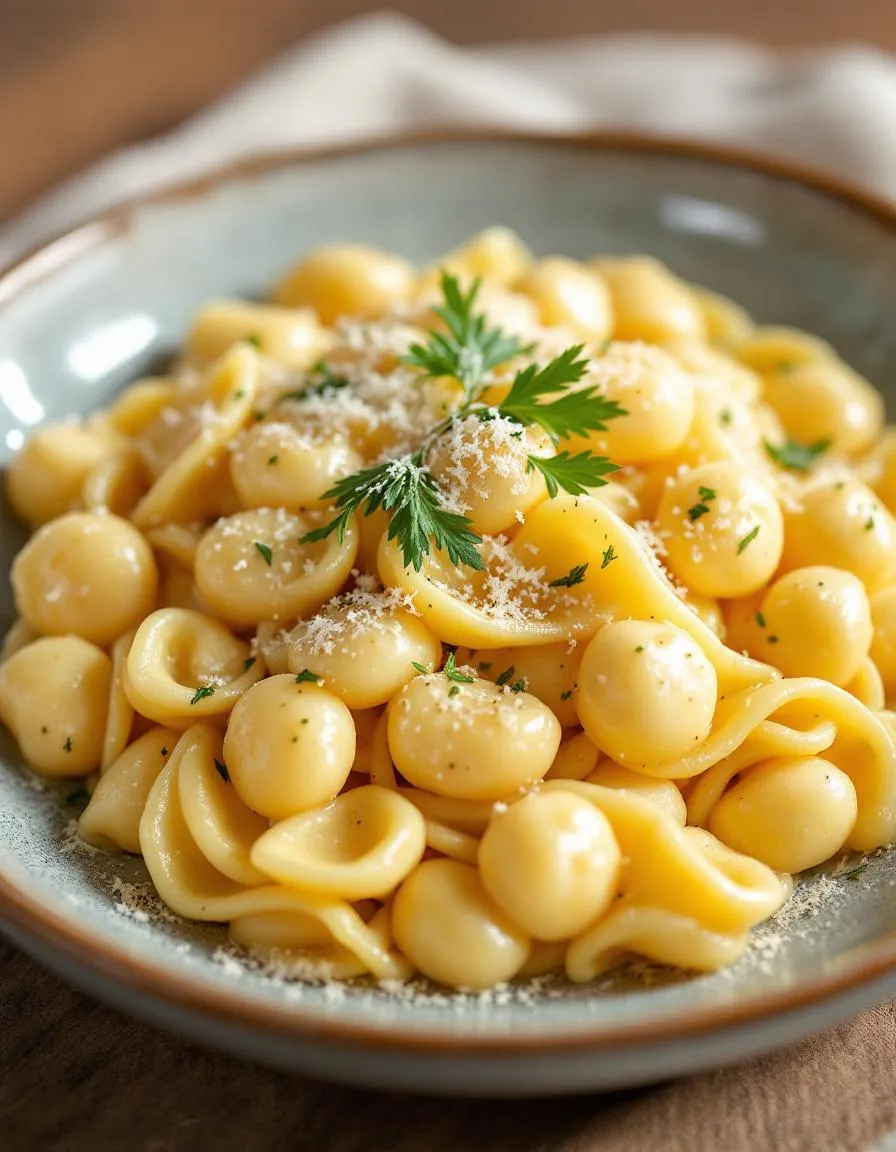
Cultural Connection and Variations
Where this recipe comes from
Gnocchi with Truffle Parmesan Sauce carries the soul of Italian comfort food, but its roots stretch deeper than you might think. While many associate gnocchi with Northern Italy, this pillowy pasta actually traces back to ancient Roman times, where cooks made it with semolina instead of potatoes. Today, regions like Lombardy and Piedmont celebrate gnocchi as a Sunday staple, often pairing it with rich sauces like the luxurious truffle Parmesan blend. Meanwhile, in my own kitchen, I love adding a splash of white wine to the sauce for extra depth—a trick my grandmother swore by.
Across the globe, cooks put their own spin on Gnocchi with Truffle Parmesan Sauce. In France, chefs might swap truffle oil for fresh black truffles, while in Argentina, families often top it with a fried egg for a hearty twist. Even within Italy, some versions use ricotta instead of potatoes for a lighter bite. No matter the variation, this dish always feels like a warm hug—a testament to how food bridges cultures and generations.
How it fits in today’s cooking
Gnocchi with Truffle Parmesan Sauce isn’t just a relic of the past—it’s a star in modern kitchens too. Busy home cooks love it for weeknight dinners because it comes together faster than traditional pasta, especially if you use store-bought gnocchi. For special occasions, though, many still hand-roll the dough, turning it into a festive ritual. Whether you’re hosting a holiday gathering or craving cozy comfort food, this dish delivers every time.
Today’s adaptations keep it fresh. Some add spinach to the gnocchi for a veggie boost, while others opt for vegan Parmesan to suit dietary needs. And let’s not forget the rise of truffle-infused oils, making gourmet flavors accessible anytime. If you’re looking for more ways to elevate your meals, check out these gourmet dinner ideas. After all, Gnocchi with Truffle Parmesan Sauce proves that classic flavors never go out of style.
Taste and Texture
What makes it delicious
Gnocchi with Truffle Parmesan Sauce delivers a luxurious bite that balances rich, earthy flavors with a velvety smooth texture. The pillowy gnocchi melts in your mouth, while the sauce wraps each piece in a creamy, umami-packed embrace. Truffle oil adds a deep, aromatic fragrance that elevates every forkful, and the sharpness of Parmesan cuts through the richness for a perfect finish. Meanwhile, the slight chewiness of the gnocchi contrasts beautifully with the sauce’s silkiness, creating a dish that feels indulgent yet comforting. Gnocchi with Truffle Parmesan Sauce is a symphony of flavors—savory, nutty, and irresistibly decadent.
Boosting the flavor
For an extra flavor boost, try topping your Gnocchi with Truffle Parmesan Sauce with crispy pancetta or toasted pine nuts for a crunchy contrast. A sprinkle of fresh herbs like thyme or rosemary brightens the dish, while a dash of lemon zest adds a zingy twist. If you love bold flavors, swap the Parmesan for aged Pecorino Romano or stir in a spoonful of homemade pesto for an herby kick. Pair it with a light, citrusy salad like this arugula salad to balance the richness. Small tweaks can transform this dish into a showstopper!
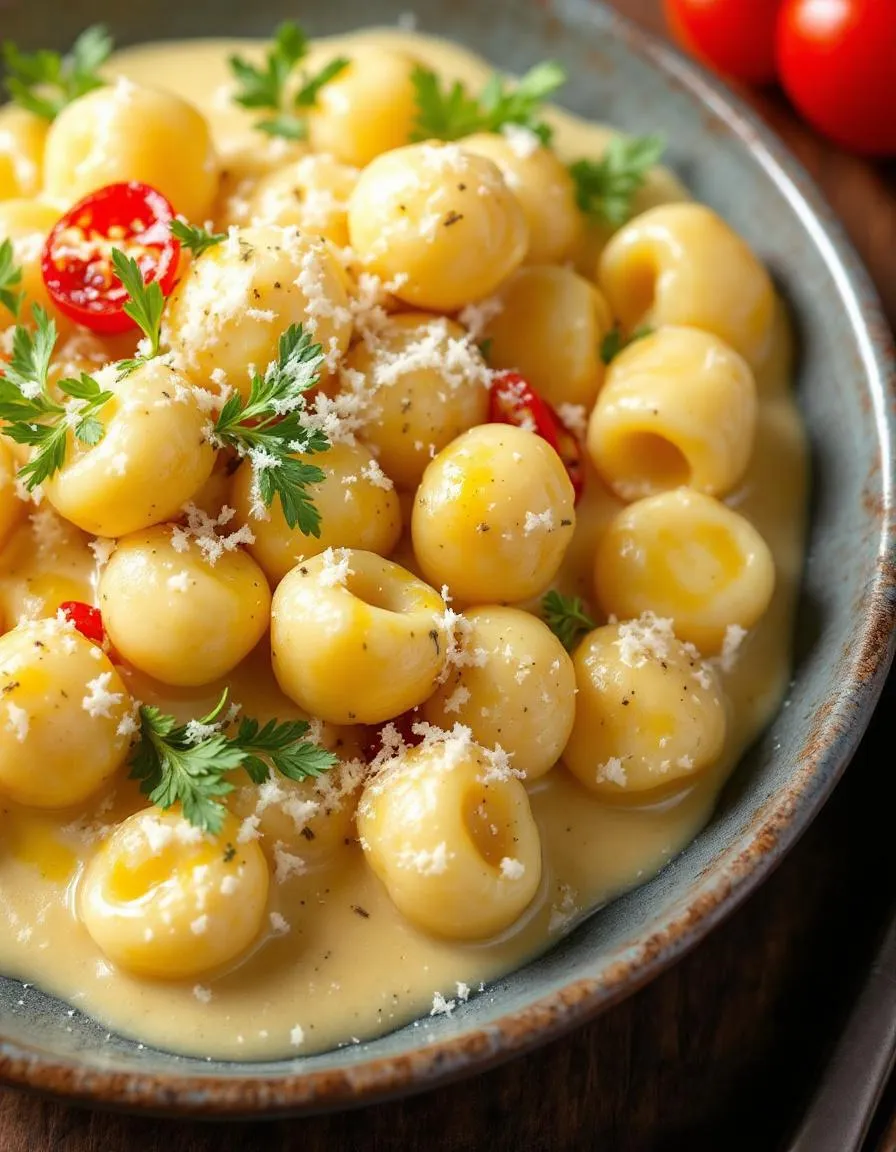
Tips for Success
Best practices for results
Always chill your gnocchi dough for at least 30 minutes before shaping it, as this helps prevent stickiness and ensures light, pillowy results. Meanwhile, use freshly grated Parmesan for the truffle sauce to achieve a smooth, rich texture that coats the Gnocchi with Truffle Parmesan Sauce perfectly. Additionally, cook the gnocchi in small batches to avoid overcrowding the pot, which can lead to uneven cooking. Finally, taste the sauce as you go and adjust the truffle oil gradually, since its flavor intensifies quickly.
Mistakes to avoid
Avoid overworking the gnocchi dough, as this can make it dense instead of tender. Instead, mix the ingredients just until combined, similar to the technique used in our perfect pasta dough guide. Another common mistake is using pre-shredded Parmesan, which often contains anti-caking agents that prevent the sauce from emulsifying smoothly. For best results, follow our cheese sauces 101 tips to create a velvety truffle Parmesan sauce every time. Lastly, don’t skip salting the gnocchi cooking water generously, as this enhances the overall flavor of your Gnocchi with Truffle Parmesan Sauce.
Serving and Pairing Suggestions
How to serve this dish
Elevate your Gnocchi with Truffle Parmesan Sauce by serving it in shallow bowls to showcase the creamy sauce. For a touch of elegance, garnish with fresh parsley or microgreens and a light drizzle of truffle oil. Meanwhile, this dish shines at dinner parties or cozy date nights, but it also makes a luxurious weeknight treat. To impress guests, pair it with warm, crusty bread for dipping into the rich sauce. Finally, consider serving it family-style in a large platter for a festive holiday meal.
What goes well with it
A crisp white wine like Pinot Grigio balances the richness of Gnocchi with Truffle Parmesan Sauce, while a light arugula salad adds a peppery contrast. For heartier appetites, try pairing it with our Garlic Herb Focaccia to soak up every last bite. Alternatively, a roasted vegetable medley brings earthy flavors that harmonize with the truffle notes. If you crave something refreshing, our Citrus Avocado Salad offers a bright, tangy counterpoint to the dish’s decadence.

For the best texture, boil gnocchi in salted water until they float to the top (about 2-3 minutes). Drain and toss them directly in the truffle parmesan sauce to coat evenly. Avoid overcooking, as gnocchi with truffle parmesan sauce tastes best when the dumplings are light and pillowy.
Yes, store-bought gnocchi works well for this dish—just opt for high-quality potato or shelf-stable varieties. Gnocchi with truffle parmesan sauce benefits from the rich sauce, so even pre-made gnocchi will taste delicious when paired with the creamy, umami flavors.
If you don’t have truffle oil, use a small amount of finely grated fresh black truffle or truffle salt for a similar earthy flavor. For a budget-friendly option, sautéed mushrooms add depth to gnocchi with truffle parmesan sauce, though the taste will be milder.
To avoid gummy gnocchi, don’t overcrowd the pot when boiling and stir gently. After draining, toss them immediately in the truffle parmesan sauce to prevent sticking. Gnocchi with truffle parmesan sauce should have a tender bite, so cook in batches if needed.


